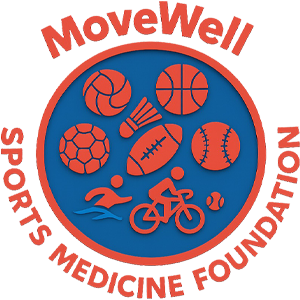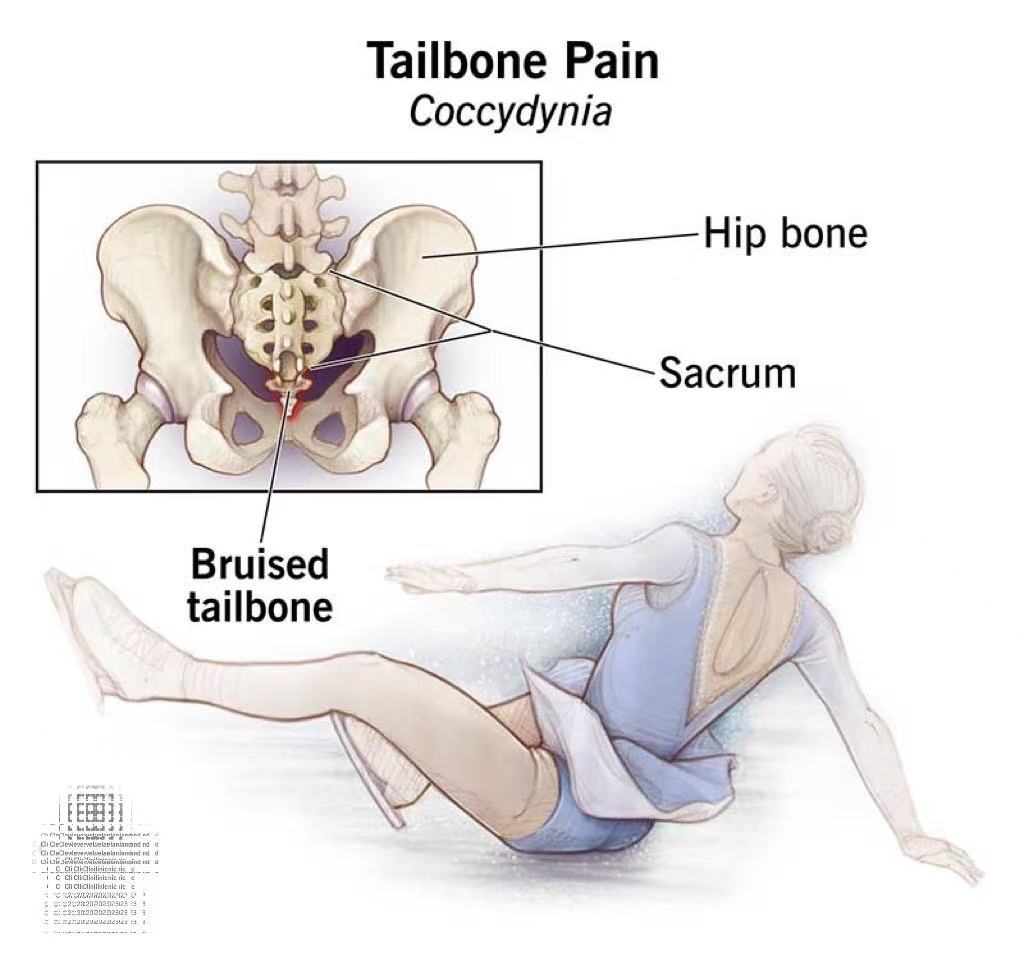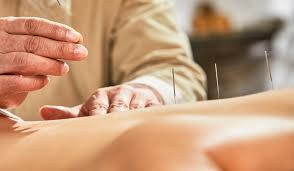Strength & Plyometric Training for Rehabilitation
– From recovery to return-to-play with power and control
Rehabilitation isn’t just about rest — it’s about rebuilding. After injury, especially in the lower body, young athletes need more than passive healing. They need targeted strength training and plyometric drills to regain confidence, coordination, and explosive performance.
This approach not only supports a safe return to play — it reduces the risk of reinjury.
What Is Plyometric Training?
Plyometric training includes explosive, stretch-shortening movements such as jumping, hopping, or bounding. These drills teach muscles and tendons to:
• React quickly
• Absorb and generate force
• Work efficiently through rapid lengthening and shortening
Think of it as "teaching the body to land, load, and launch safely."
Why Combine Strength and Plyometrics in Rehab?
Strength training builds the foundation — plyometrics adds function and sport-readiness.
Strength Training Plyometric Training
Builds muscle power and joint support Improves movement speed and coordination
Increases tolerance to load and stress Enhances neuromuscular reflexes
Corrects imbalances Trains explosive control for sport actions
Essential for regaining baseline performance Essential for real-world return to sport
Who Needs It?
Athletes recovering from:
• ACL or MCL injuries
• Ankle sprains or fractures
• Patellar tendinitis
• Hamstring or quadriceps strains
• General lower limb instability
Especially important for:
• Jumping/pivoting sports (volleyball, basketball, soccer)
• Athletes planning return-to-competition
Example Rehab Progression
Phase Focus Example Drills
Early Phase Static strength, balance Wall sits, glute bridges, bodyweight squats
Mid Phase Dynamic strength, light impact Resistance band lunges, step-downs, jump rope
Late Phase Power & reaction Broad jumps, skater hops, box jumps, depth drops
Sport-Specific Agility & control Lateral hops, shuttle cuts, single-leg bounds, deceleration drills
Key Principles for Safe Plyometric Integration
✔ Start low volume and increase gradually
✔ Focus on proper form, not height or speed
✔ Prioritize landing mechanics (quiet, soft, knees aligned)
✔ Train single-leg control — critical for return to play
✔ Pair with core and hip stability drills
Progress Should Be Measured
Rehabilitation isn’t complete without objective testing, such as:
• Single-leg hop test (distance, height, time to stabilize)
• Strength symmetry tests (≥90% compared to non-injured leg)
• Functional movement screening
• Confidence and readiness questionnaires (ACL-RSI, etc.)
“You don’t just need to be healed — you need to be stronger than before.”
Strength and plyometric training are not just final rehab steps — they are the bridge between physical recovery and competitive readiness. When done right, they make re-injury far less likely, and long-term performance more sustainable.




